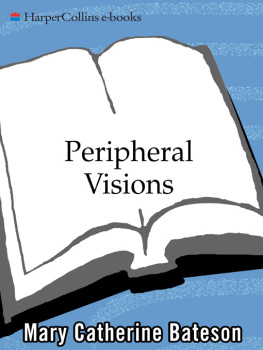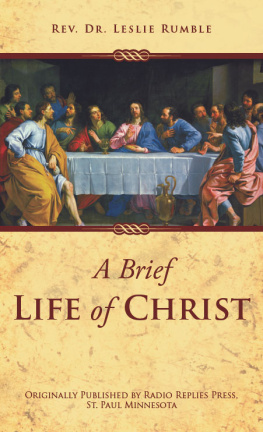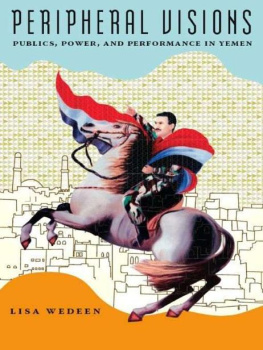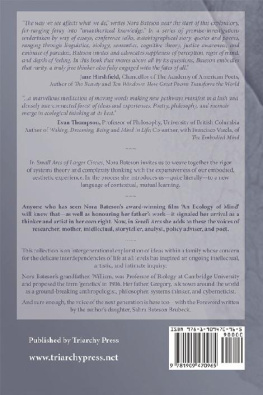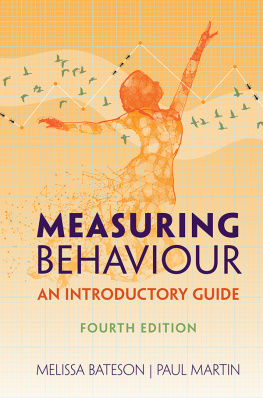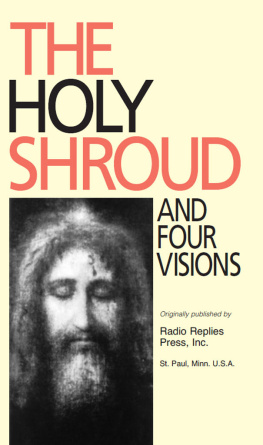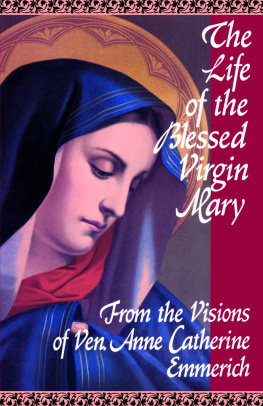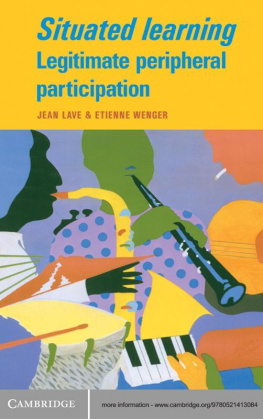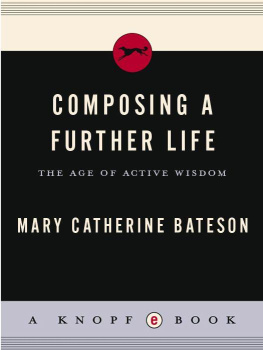Until you are at home somewhere, you cannot be at home everywhere .
For my family, that home, in learning and return, has been the Monadnock region of New Hampshire. This book, which speaks so often of distant places, is dedicated in celebration of three decades of friendship with Rose Mary Eldredge and Mary Garland and the families they have nurtured there .
W E BEGIN IN A P ERSIAN GARDEN . In summer it would be filled with scent and color, but on this midwinter day, some twenty years ago, only the bones of the garden and its geometries were visible: a classic walled garden, with ranks of leafless fruit trees between patches of dirty snow and rosebushes recognizable by their thorns. There was a row of dark cypresses along one end and a dry watercourse down the center, clogged with leaves.
I had arrived in Tehran in January 1972 with my husband, Barkev, and our two-and-a-half-year-old daughter, Sevanne, known as Vanni, for the beginning of a period of research, teaching, and institution building in a culture and language new to both of us, even though I had studied the Islamic tradition in the Arab world and Barkev had grown up as an Armenian Christian in Aleppo, Syria. The day before, we had gone to teain fact, cocktailsat the home of our new landlords, and when they heard that I was an anthropologist, they invited us to come with them the next day to a garden on family land in a village near Tehran, where they would observe Eyd-e Qorban, the Feast of Sacrifice.
At the same time that pilgrims are performing the Meccan pilgrimage, Muslims around the world are celebrating some of the steps of that weeklong ritual, one of which is an animal sacrifice, usually a sheep or a camel. It is said that in Saudi Arabia so many sheep and camels are slaughtered by pilgrims that they are simply plowed under by bulldozers. Many families in Iran also sacrifice a sheep on the Feast of Sacrifice, and here the meat is traditionally given to the poor. When our landlady invited us, although Barkev could not come, well, of course I said I would, but I would have to bring Vanni with me.
On the way to the country, I began to have second thoughts and found myself running a mental race with the car, trying to work out the implications of the invitation I had lightheartedly accepted: to come and see a sheep being slaughtered, bringing a two-year-old child. I worried about what to say to her, how she would react. I went back over the memory of seeing the necks of chickens wrung when I was a child, before chickens came reliably headless, neatly butchered, and wrapped in plastic on little nonbiodegradable white trays. Those who eat meat, I told myself, should at least know where it comes from. That trip to Iran was not the first time I had entered a strange culture, but it was the first time I had done so with a child, and this was the first of many moments when the double identity of mother and field-worker led me down new paths of reflection.
I know now that to be in such a garden was to stand in the middle of a vision of the world. In the Persian tradition, a garden is itself a cosmological statement, a diagram reiterated in the design of carpets and the way they are used. Gardens are generally symmetrical in plan, but within that ordered framework the rich particularity is varied and relaxed. Gardens are bounded, walled; within, all is fertile and hospitable, but there is always an awareness of a world outside that is less benign, an unruly and formless realm of desert harshness and marauding strangers.
Water is a part of every garden, either flowing water or a pool large enough for the ritual washing that precedes prayer. House agents used to point out the pools to Westerners as wading pools for their children, but in fact these pools, reflecting and doubling garden and sky, focus the ideals of purity and generosity. The shah built a palace in the northern part of Tehran, at the high edge of the city, so water from the palace garden would symbolically flow down through the city to his subjects. Every garden is a promise of the paradise to which the faithful will go after death.
It was a cold, gray day, and all of us were bundled up. My hostess, elegant in a fur coat and stylish boots, explained that the butchering would be done by the gardener. She herself, she said, could never bear to look on at the moment the sheep was killed. When we arrived we found the gardener and his whole family waiting: his wife, wearing the dark printed cotton veil of a village woman, and three children of different ages. Our gathering modeled the tensions of Iranian society before the revolution: the affluent, Westernized urbanites, the villagers, the performance of a ritual that rooted all of them in the pastall this in a setting with its own affirmations about the relationships between God and humankind and the nature of the cosmos.
The sacrifice of a sheep links several religious traditions. The Patriarch Abraham, we are told, was commanded by God to sacrifice his sonIshmael in the Islamic version, Isaac for Jews and Christians; then, at the last moment, he was provided with a ram as a substitute. The story is emphasized most in Islam, representing the value of total submission to the will of God, a God who proves compassionate. Volumes have been written about the relationship between this single observance and older traditions of human and animal sacrifice and their echoes in Jewish, Christian, and Islamic worship. In the rituals of Passover and Easter, the recurrent sacrifice is reshaped in various ways: the shank bone of a lamb on the Seder table, the Lamb of God imaged in the single atoning sacrifice of Good Friday and its year-round memorials. There in that garden an ancient symbol connecting many faiths was still a real sheep that would bleed real blood.
The sheep was given a drink of water and turned toward the south, toward Mecca. Then, saying in the name of God and Allahu Akbar, the gardener quickly slit its throat, letting the blood gush out into a ditch. I was holding Vanni on my hip and explaining what was happening, for children can handle such scenes (including those we see every day on television) if they see them in the company of an adult who both interprets and sets an emotional tone.
The sheep was skinned and its various organs removed. The gardener made a slit above one hind hoof and began to blow into it, forcing air under the skin to separate it from the flesh, so the body gradually puffed out and he could slit down the front and remove the woolly pelt. Deftly he spread the fleece, wool side down, on the ground, to receive the various edible organs one by one. See, Vanni, I said, thats a heart; every animal has one. Its job is pushing the blood around the body all the time. I wondered if I should introduce the word pump ? No time. Intestines, stomach, liversome were harder than others to explain, and my mind was racing for vocabulary to convey an understanding of the similarity of all mammals that would not trigger too much identification with the dead sheep. The fleece and the organs neatly laid out upon it would be the butchers portion.
I had slipped into a teaching role, taking advantage of the visual aids to give a minilecture about each organ, using a vocabulary appropriate to a verbal two-and-a-half-year-old. Then suddenly, just as I was saying, That big thing is a lung, see, for pulling in air and breathing, and the sheep has two of them, just like we dohere comes the other, I thought, with a moment of intense shock, Why, its huge. In fact, I had never observed the death or dissection of any mammal larger than a mouse. Because I had an abstract knowledge of anatomy, distanced from the reality, and because I was preoccupied with Vannis experience, it was almost impossible to realize that I was encountering something new myself. What I was passing on to her was not knowledge based on direct experience but a set of labels, whose theoretical character was invisible to me until I was jolted by a detail I had failed to anticipate. My words could hardly have been more abstract if I had started from theology or Biblical history.

